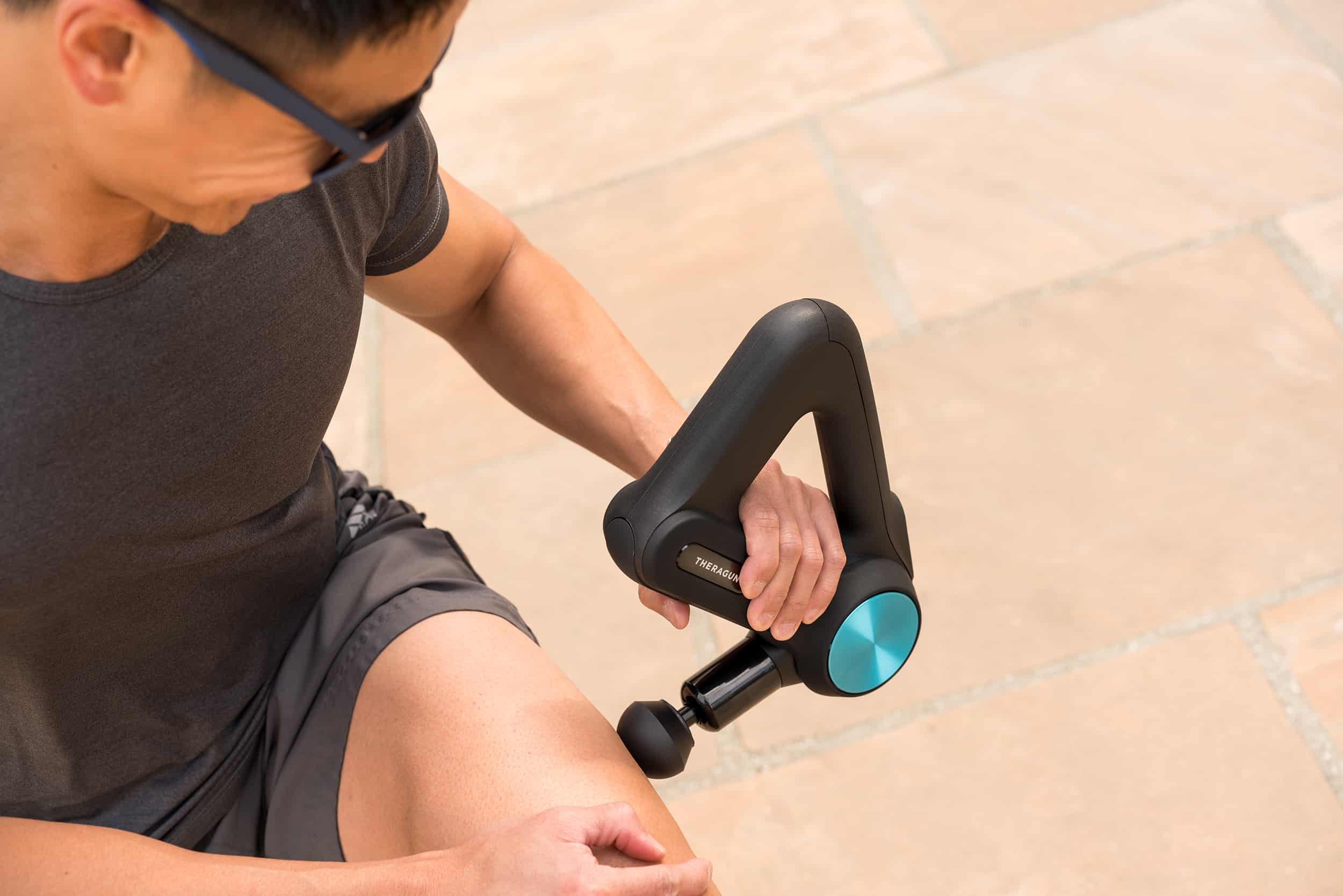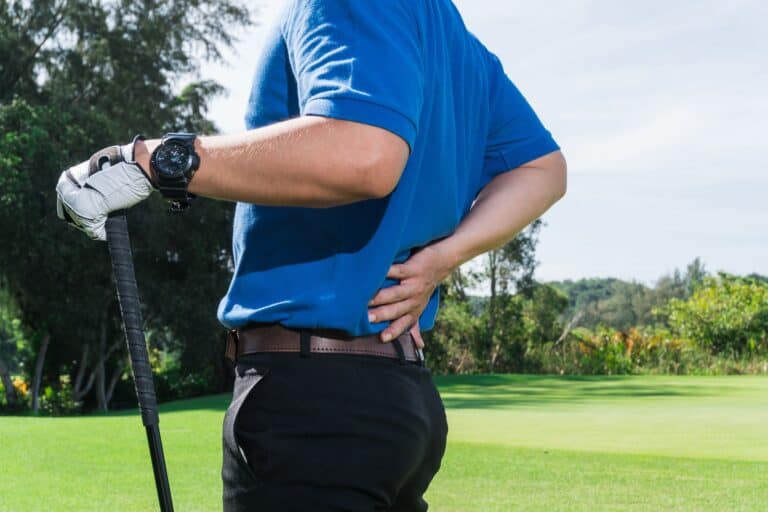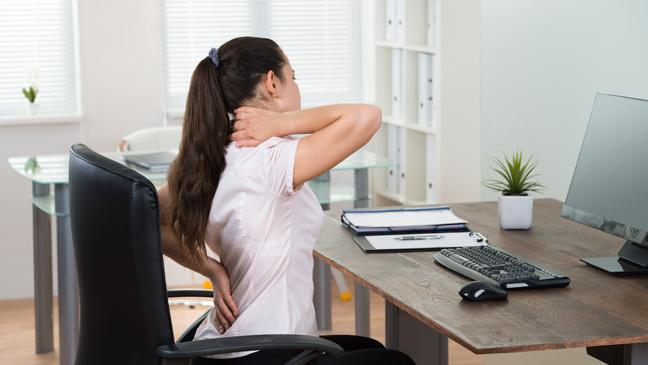To Theragun or Not to Theragun: Navigating Pain Relief Options with Physiotherapy
In the quest for pain relief and improved muscle recovery, individuals often explore various tools and devices to complement their physiotherapy sessions. One such device that has gained popularity in recent years is the Theragun. This handheld percussive therapy device claims to alleviate muscle soreness, enhance recovery, and improve overall mobility. However, the question remains: Is investing in a Theragun the right choice for everyone seeking physiotherapy services?
Understanding Percussive Therapy
Before delving into the decision-making process, let’s briefly explore what percussive therapy, the technology behind the Theragun, entails. Percussive therapy involves a series of rapid, concentrated pulses applied to soft tissue areas. The Theragun, equipped with an oscillating attachment, delivers these percussive vibrations to targeted muscles, aiming to reduce muscle tension and increase blood flow.
Pros of Using a Theragun
Muscle Recovery: Percussive therapy may aid in muscle recovery by reducing muscle stiffness and promoting blood circulation, potentially accelerating the healing process.
Pain Management: Users often report experiencing temporary relief from muscle soreness and pain when using a Theragun, particularly after intense physical activity.
Convenience: The Theragun allows individuals to administer targeted percussive therapy at home, providing a convenient supplement to in-clinic physiotherapy sessions.
Considerations Before Purchasing a Theragun
Individual Needs and Conditions: It’s crucial to recognize that the effectiveness of percussive therapy varies among individuals. Some may find it beneficial for their specific needs, while others may not experience the same level of relief.
Individuals with certain medical conditions or injuries should consult their physiotherapist before incorporating a Theragun into their routine.
Not a Substitute for Exercise and Mobility Training: While the Theragun may offer temporary relief, it is not a substitute for the long-term benefits derived from regular exercise and mobility training.
Scientific evidence consistently supports the idea that sustained pain relief and improved mobility are best achieved through tailored exercise programs.
Cost Considerations: The Theragun and similar devices can be a significant investment. Before purchasing, individuals should weigh the cost against potential benefits and explore alternative, cost-effective pain management options.
The Role of Physiotherapy in Pain Relief
Physiotherapy, with its evidence-based approach, remains a cornerstone in pain management and recovery. Exercise and mobility training, customized to an individual’s needs and condition, provide sustainable and long-term solutions for pain relief. Physiotherapists employ a variety of techniques, including manual therapy, stretching exercises, and progressive resistance training, to address specific issues and promote overall well-being.
Conclusion
While the Theragun may offer some benefits in terms of muscle recovery and temporary pain relief, it should be viewed as a supplementary tool rather than a standalone solution. The most effective results in pain management and improved mobility come from a holistic approach that combines physiotherapy/ massage therapy, targeted exercise, and mobility training.
Before deciding to invest in a Theragun, individuals are encouraged to consult with their physiotherapist or RMT to determine its suitability for their unique needs and conditions. Physiotherapy remains the gold standard for addressing musculoskeletal issues, providing personalized guidance, and fostering long-term well-being.
References
American College of Sports Medicine. (2020). Exercise is Medicine®: A Global Health Initiative. Retrieved from https://www.exerciseismedicine.org/
Crowell, M. S., & Davis, I. S. (2011). Gait retraining to reduce lower extremity loading in runners. Clinical Biomechanics, 26(1), 78–83. doi:10.1016/j.clinbiomech.2010.08.011
Driller, M., Fell, J., & Gregory, J. (2019). The effects of percussion massage on DOMS. Journal of Strength and Conditioning Research, 33(7), 1884-1893. doi:10.1519/JSC.0000000000002952
















